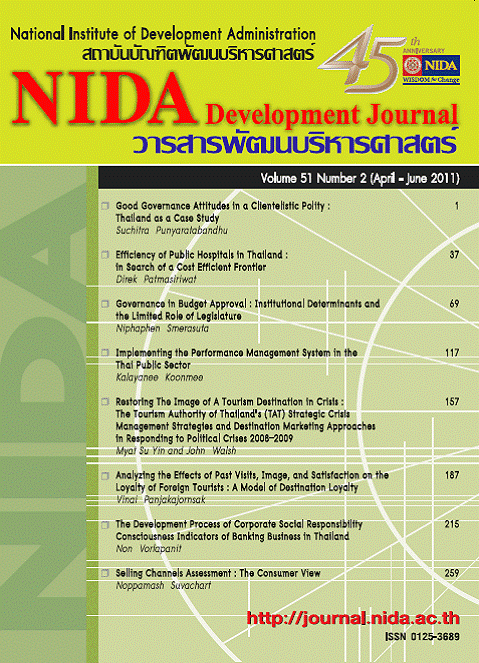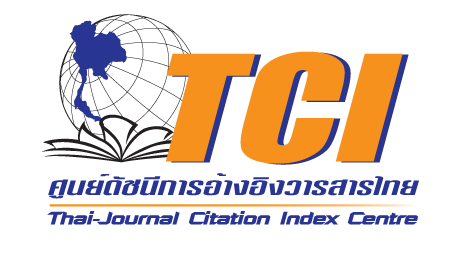Restoring The Image of A Tourism Destination in Crisis:The Tourism Authority of Thailand’s (TAT) Strategic Crisis Management Strategies and Destination Marketing Approaches in Responding to Political Crises 2008-2009
Keywords:
Destination Management, Destination Restoration, Crisis Management in TourismAbstract
Despite the very positive prospects for long-term growth, 2008 and 2009 were difficult years for the Thai tourism industry due to local political upheavals, the global financial crisis and the ongoing H1N1 pandemic. This research study analyzes the strategies employed by the Tourism Authority of Thailand (TAT) in its effort to restore the image of Thailand as a tourist destination during and after the human induced crises. The strategies were classified as crisis communication strategies and integrated destination marketing strategies, and the effectiveness of these strategies were further analyzed from a statistical perspective. Finally, TAT’s strategies were analyzed using Mintzberg’s model of strategy in terms of deliberate and emergent strategies. The statistical findings indicated that TAT’s strategies were effective to some degree, as the number of tourist arrivals did not significantly decrease and regained momentum soon after the crises. Consequently, the identified crisis communication strategies adopted by the TAT at the pre-crisis, crisis, and post-crisis stages can be regarded as effective. Indeed, the TAT has turned crisis into opportunity through the use of discourse in fostering renewal. By plotting TAT’s strategies with respect to Mintzberg’s taxonomy, it becomes clear that the TAT identified unrealized and emergent strategies as most appropriate and used them to accelerate the revitalization of its situation.





